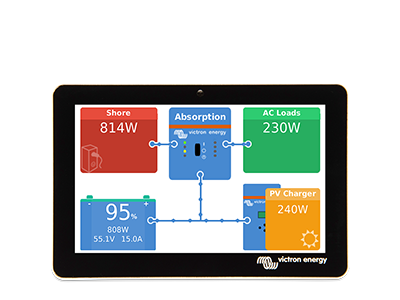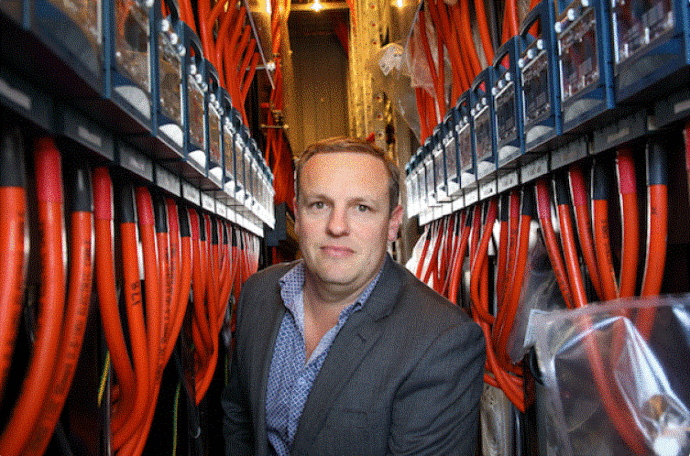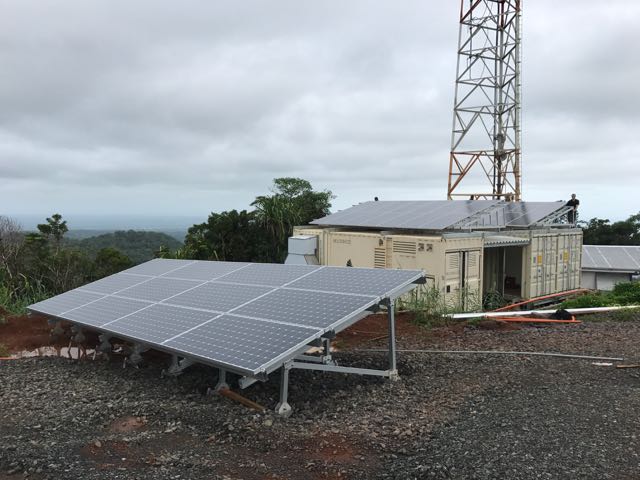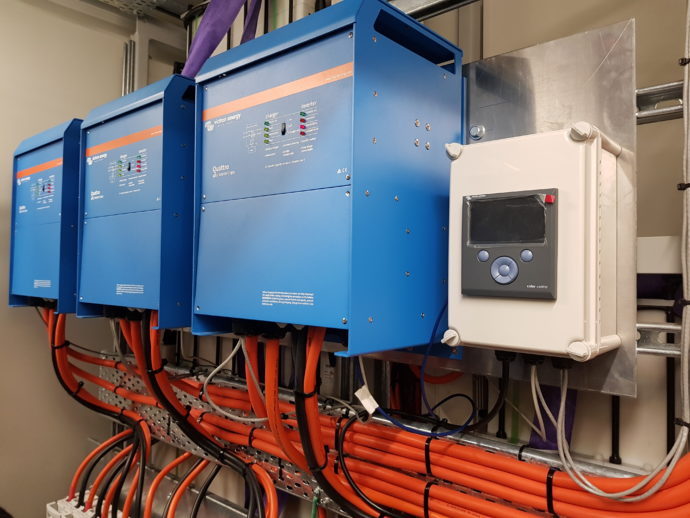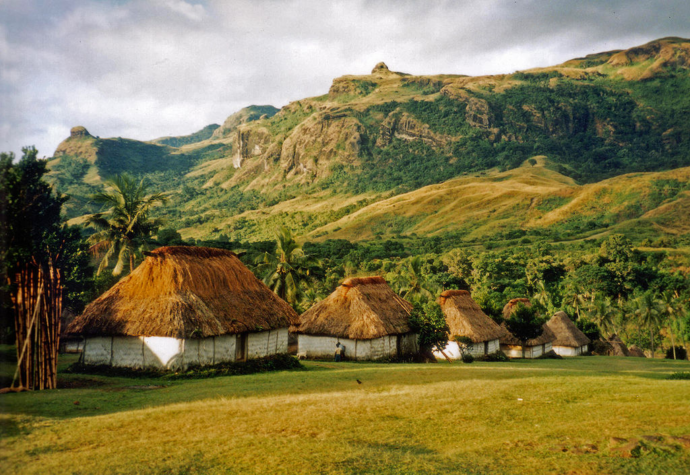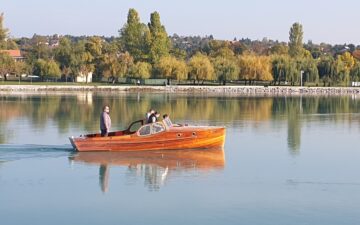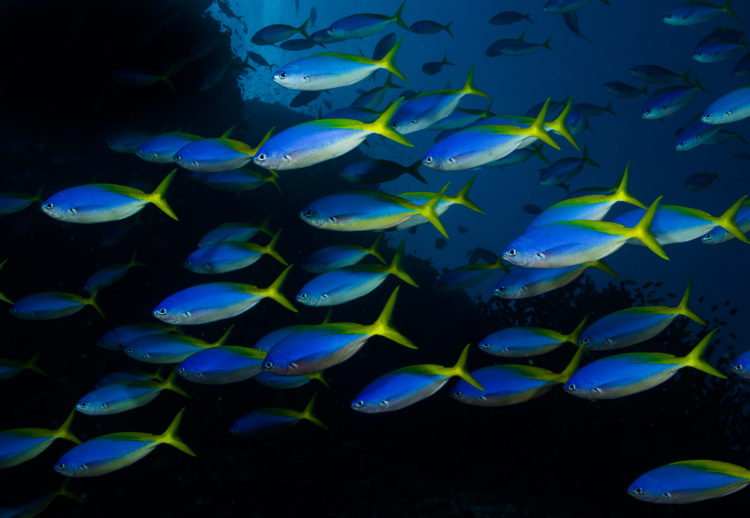
If you are a state broadcaster, Fiji is a difficult region.
900,000 Fijians live on 110 of the nation’s 330 islands …which are sprinkled over a huge area of the Pacific Ocean. Staying in touch with island news, or enjoying the region’s entertainment programmes, has always been challenging – often marred by weak signals and power outages. That’s all changed. Fiji now has ultra-modern Digital TV available to 97% of the population. How has this been achieved?
Fiji is well organised and has one of the best-developed economies of the Pacific region, based mainly on tourism and sugar. Yet the Fiji Broadcasting Corporation struggled to provide a reliable service owing to the mountainous topography, and difficulties of getting power to offshore repeater stations using fragile infrastructure, dogged by extreme weather events.
New Zealand based Hi Tech Solutions were the company chosen to provide the infrastructure for a major installation which would allow for the Digital switch-over. The key to the success of the project, says Hi Tech’s Derek Gaeth, lay in their decision to install all components inside 20 foot shipping containers. This allowed for the system-build to take place in the controlled environment of Hi Tech’s own workshops; and greatly simplified transportation to the often remote sites of the transmission stations. Equipment for the larger sites required 5 containers to house batteries, inverters, generators and fuel tanks; together with all the switching gear required for Digital, FM, and Data Transmission. The ‘container’ solution also allowed for short on-site build times – where arrival at bare site to sign-off could be achieved in less than 7 days.
Grid electricity is unreliable, so provision has been made in all locations to include solar power …virtually guaranteeing 24 hour continuous operation under any circumstances. The power demand at the larger sites is around 12kWh – though this can be reduced in abnormal circumstances and still provide essential services. Apart from reducing the carbon footprint – most power is diesel generated – the solar power provision also reduces cost: The largest site alone is projected to save FJ$1.3 million over three years.
Power from the solar panels is stored in Redflow’s Zinc-Bromine flow batteries. These have been chosen for their long life (10 years – guaranteed); their ability to withstand 100% depletion – without damage, and full recovery; and also because they have proven to operate flawlessly in the high tropical temperatures for which the islands are so popular as a tourist destination.
These large-format 10kWh batteries can be paralleled into huge capacity storage – 600kWh in the largest Fiji installation – though even larger banks have been built elsewhere in the world. An added advantage is that their very weight (of 240kg) is a deterrent to theft in remote locations which cannot be ‘policed’.
Victron 10kVA Quattro Inverter Chargers – configured in both single- and three-phase – were chosen to partner this battery storage for several reasons: Victron technology has been built to work seamlessly with many battery technologies – Zinc Bromine being well-proven; also the Quattro is able to work with two power sources – if the weather turns gloomy for an extended spell, batteries can be recharged with power from a diesel Generator – with automatic switching. Peak power demand or unstable grid conditions will cause the Quattro to patch-in with power assistance – with invisible switching times of 20ms …and also Victron equipment can be remotely monitored and controlled using the Victron Remote Management portal. The Venus GX has been chosen for this part of the operation.
The specification for the largest full off-grid site is impressive: Designed to supply 24kW continuously it features a 192kW solar array controlled by 15 MPPT solar chargers (Victron 25/100); 600kWh battery storage; 12 x 10kVA Quattro’s – configured for three-phase operation; and 24 Fronius Primo inverters.
Across the network power provision totalling 1.2 megawatts has been built to withstand winds of 350kph.
Hitech is a New Zealand headquartered company which provides infrastructure for the commercial generation of solar power – creating sustainable micro-grids for telecoms, remote communities, broadcasting and connecting the IoT. It’s a credit to the team that not only were they the only company able to provide the Government of Fiji with a plan and costing for this major national installation – but they were able to deliver it, on time, as promised.
With their state-of-the-art digital TV transmission infrastructure, Fijians can now catch up on the latest news from almost anywhere.
Credit: The image used at the head of this article is by Nick Hobgood.



